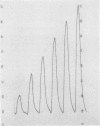Abstract
The procedure developed by Browett and Moss (1964) for the semi-automatic determination of the lead content of urine has been adapted for the determination of lead in blood.
Determinations are normally carried out in duplicate on 2.0 ml. samples of whole blood and the minimum sample size is 0.5 ml. The organic substances present in blood are destroyed by a manual wet-oxidation procedure and the lead is determined colorimetrically as lead dithizonate using a Technicon AutoAnalyzer.
The lower limit of detection, expressed as three times the standard deviation of the blank value, is 5 μg. Pb/100 ml. blood. The standard deviation of the method in the upper range of normal blood lead level of 30 μg. Pb/100 ml. blood (Moncrieff, Koumides, Clayton, Patrick, Renwick, and Roberts, 1964), is ± 3 μg. Pb/100 ml. blood.
Ten samples per hour may be estimated in duplicate.
Full text
PDF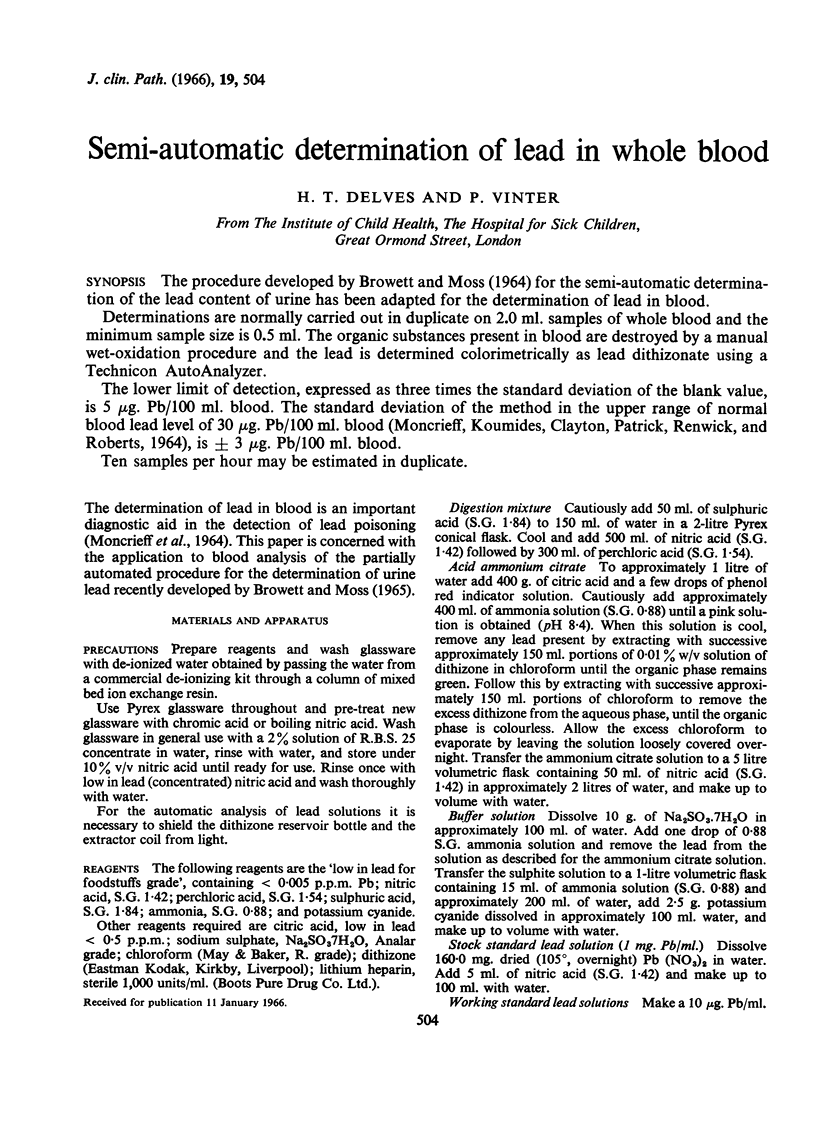
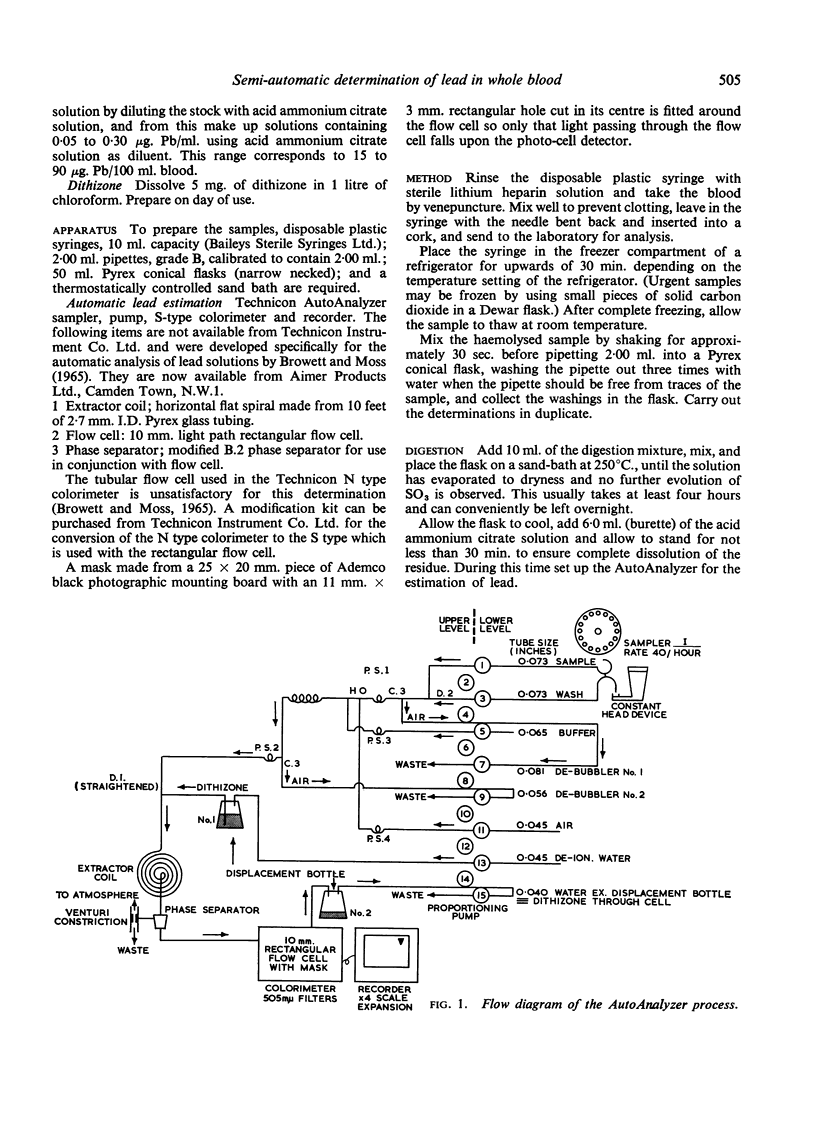
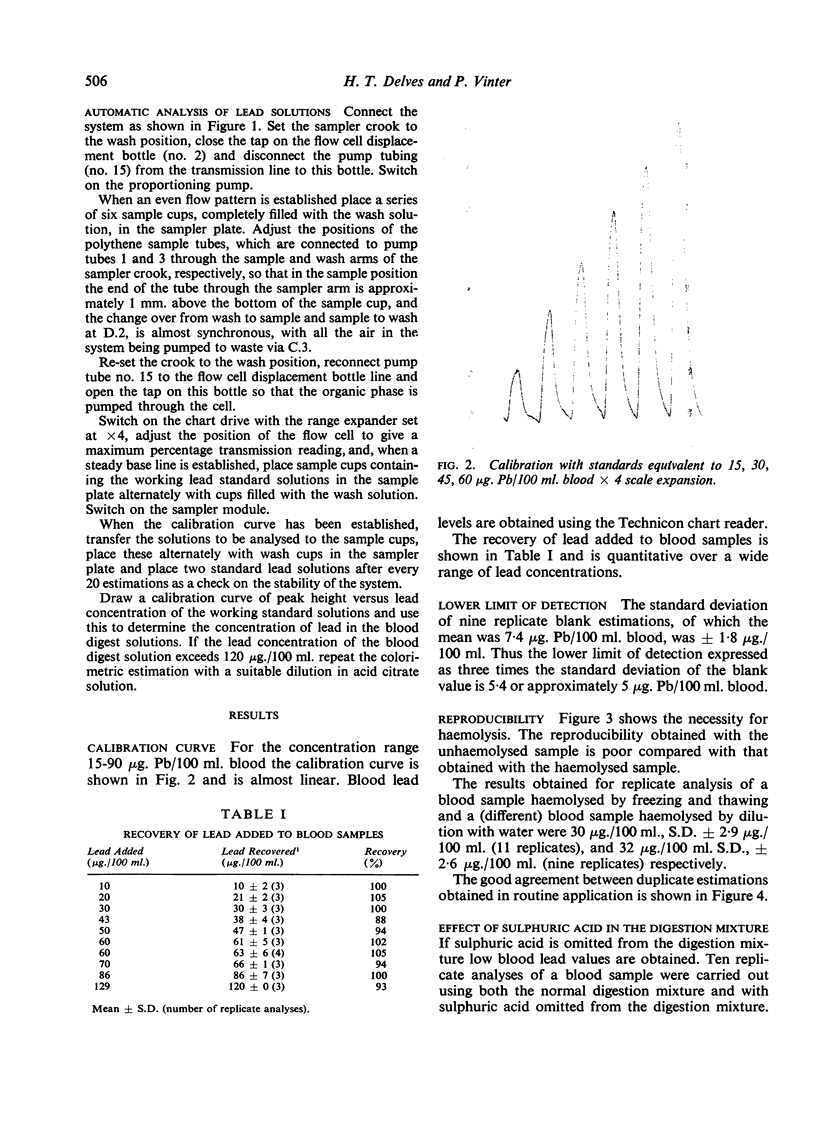

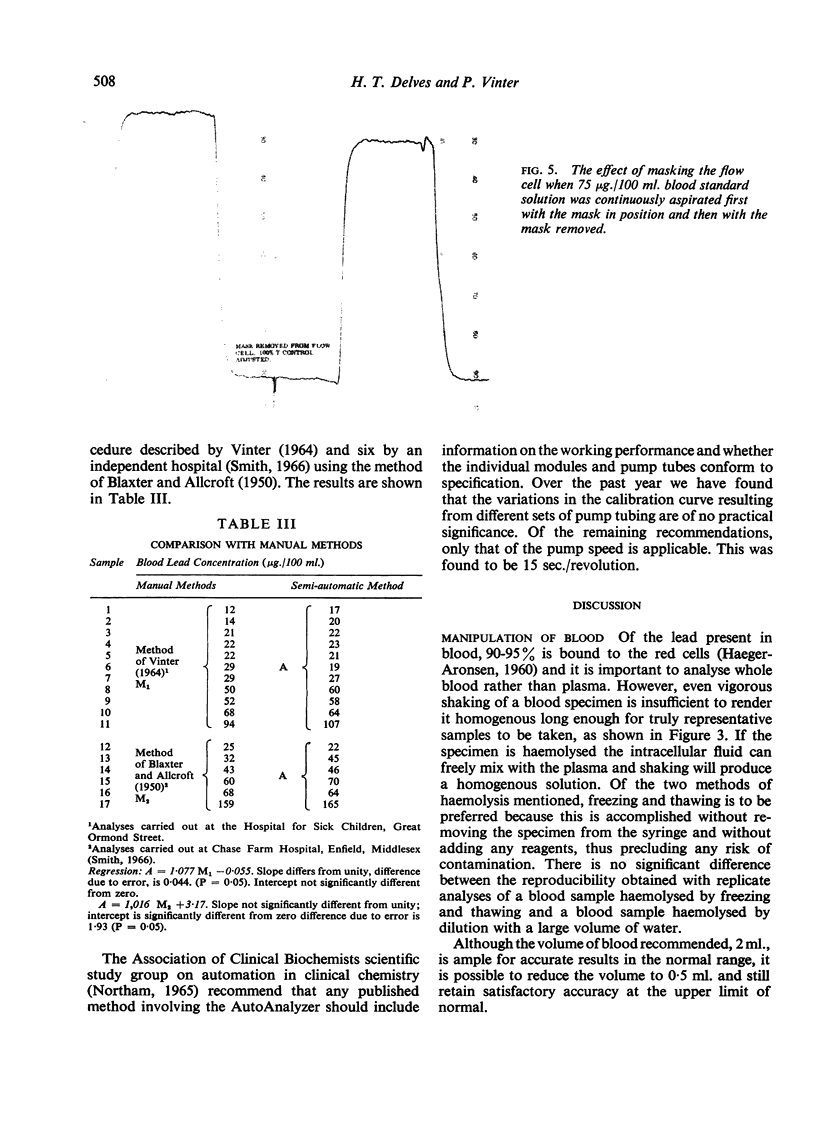
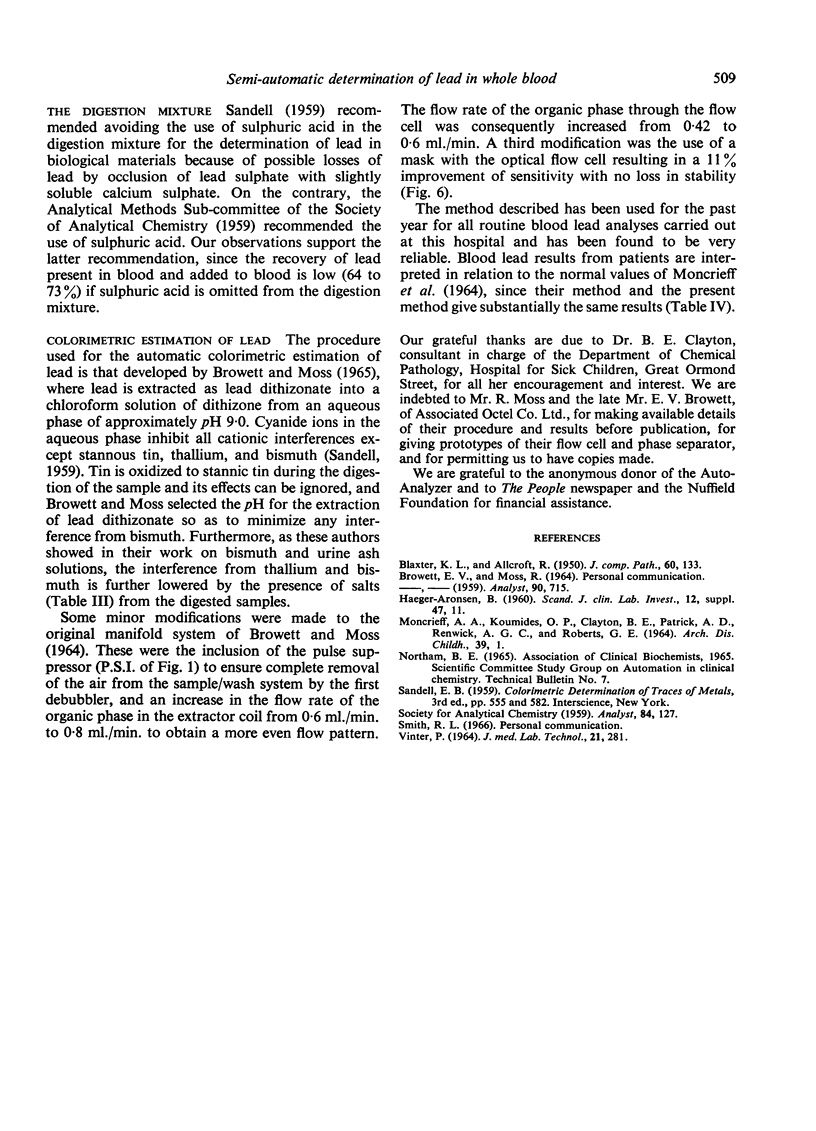
Images in this article
Selected References
These references are in PubMed. This may not be the complete list of references from this article.
- BLAXTER K. L., ALLCROFT R. Lead as a nutritional hazard to farm animals. I. The determination of lead in biological material. J Comp Pathol. 1950 Apr;60(2):133–139. doi: 10.1016/s0368-1742(50)80014-0. [DOI] [PubMed] [Google Scholar]
- Browett E. V., Moss R. Manual and semi-automatic methods for the determination of the lead content of urine. Analyst. 1965 Dec;90(77):715–726. doi: 10.1039/an9659000715. [DOI] [PubMed] [Google Scholar]
- MONCRIEFF A. A., KOUMIDES O. P., CLAYTON B. E., PATRICK A. D., RENWICK A. G., ROBERTS G. E. LEAD POISONING IN CHILDREN. Arch Dis Child. 1964 Feb;39:1–13. doi: 10.1136/adc.39.203.1. [DOI] [PMC free article] [PubMed] [Google Scholar]
- VINTER P. THE ESTIMATION OF LEAD IN BLOOD. J Med Lab Technol. 1964 Oct;21:281–286. [PubMed] [Google Scholar]



